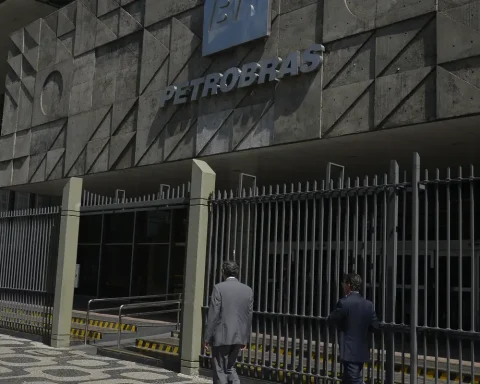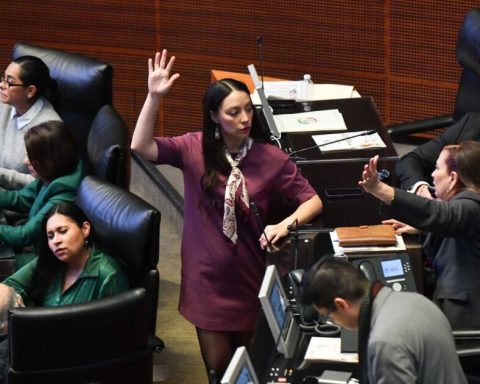Today (15th) the period for submitting the 2022 Rural Land Property Tax (ITR) declaration begins. generator program of the ITR Declaration (DIRT), available at site of the IRS.
It is also possible to deliver the declaration using the net revenue for transmission or at a Federal Revenue service unit, through a device with a USB connector.
The submission of the declaration after the deadline must follow the same submission procedures. However, a fine of at least R$50 or 1% per calendar month will be charged on the total amount of tax due.
The minimum tax amount is BRL 10. Amounts lower than BRL 100 must be paid in a single installment by September 30th. An amount greater than R$100 can be paid in up to four installments, each quota must have a value equal to or greater than R$50. The first must be paid by September 30th; the others must be paid by the last business day of each month, and interest will be added to Selic, currently at 13.7% per year, plus 1%.
According to the Federal Revenue, the payment of the tax can also be anticipated, in whole or in part.
If, after submitting the information, the taxpayer verifies that he has made mistakes or has forgotten some data, he must send a rectifying declaration, without interrupting the payment of the tax determined in the original declaration. The grinding machine must contain all previously declared information plus corrections.
The DITR is composed of the Document of Information and Registration Update of the Tax on Rural Territorial Property (Diac) and the Document of Information and Calculation of the Tax on Rural Territorial Property (Diat). The information provided through Diac will not be used for the purpose of updating rural property registration data in the Rural Property Registry (Cafir).
The taxpayer whose rural property is already registered in the Rural Environmental Registry (CAR) must inform the 2022 DITR of the registration receipt number.
who must declare
The ITR declaration is mandatory for an individual or legal entity that is the owner, holder of the useful domain or possessor in any capacity, including the usufructuary, of rural property.
In the case of joint owners, the DIRT must be presented by one of its members when the rural property simultaneously belongs to more than one taxpayer, as a result of a contract or court decision or due to a donation received in common. When the rural property belongs to more than one person, the declaration must be presented by one of the owners.
Individuals or legal entities that, between January 1, 2022 and the date of submission of the DITR, have lost possession of the rural property, in the process of expropriation for public need or utility, or for social interest, including for of agrarian reform.
It is also mandatory to present it in cases where the property right has been lost by the transfer or incorporation of the rural property, “as a result of expropriation for public need or utility, or for social interest”. This case also applies to cases of real estate in agrarian reform processes.
The obligation also extends to those who have lost possession or ownership of the rural property, due to alienation to the public power, “including their autarchies and foundations, or education and social assistance institutions exempt from the tax”.
The presentation is not necessary in cases of rural properties considered immune or exempt by the Federal Revenue – in general, small rural areas, agrarian reform settlements, communities and recognized quilombola remnants.
*Collaborated with Pedro Peduzzi
















